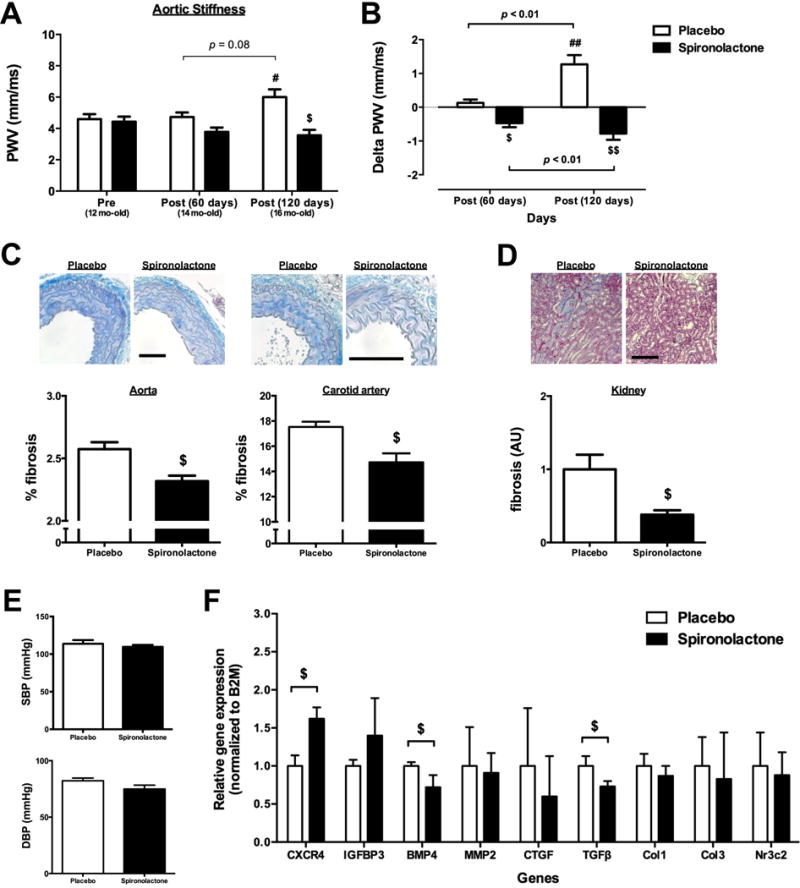Fig. 5. MR antagonism attenuates vascular stiffness and vascular and renal fibrosis in aged mice while promoting the anti-fibrotic vascular gene signature.

(A) Abdominal aortic PWV was measured in 12-month old male WT mice pre-randomization and again after 2-month (14-month old) and 4-month (16-month old) treatment with placebo or spironolactone (n=5–7 mice/group). (B) The change in vascular stiffness (Delta PWV) in each individual mouse was compared between placebo- and spironolactone-treated mice. Fibrosis was quantified in (C) aortic and carotid sections and (D) left kidney sections stained with Masson’s Trichrome from mice treated with placebo or spironolactone for 4 months. (E) Blood pressure was recorded after 4 months treatment with placebo or spironolactone by tail cuff plethysmography. (F) Expression of the aging gene signature identified in SMC-MR-KO mice was analyzed by RT-qPCR in aortas after 4 months of treatment. n=4–5 mice/group. Scale bar=25 μm. #p<0.05 and ##p<0.01 compared to pre-pellet implantation; $p<0.05 and $$p<0.01 compared to age-matched mice implanted with placebo.
